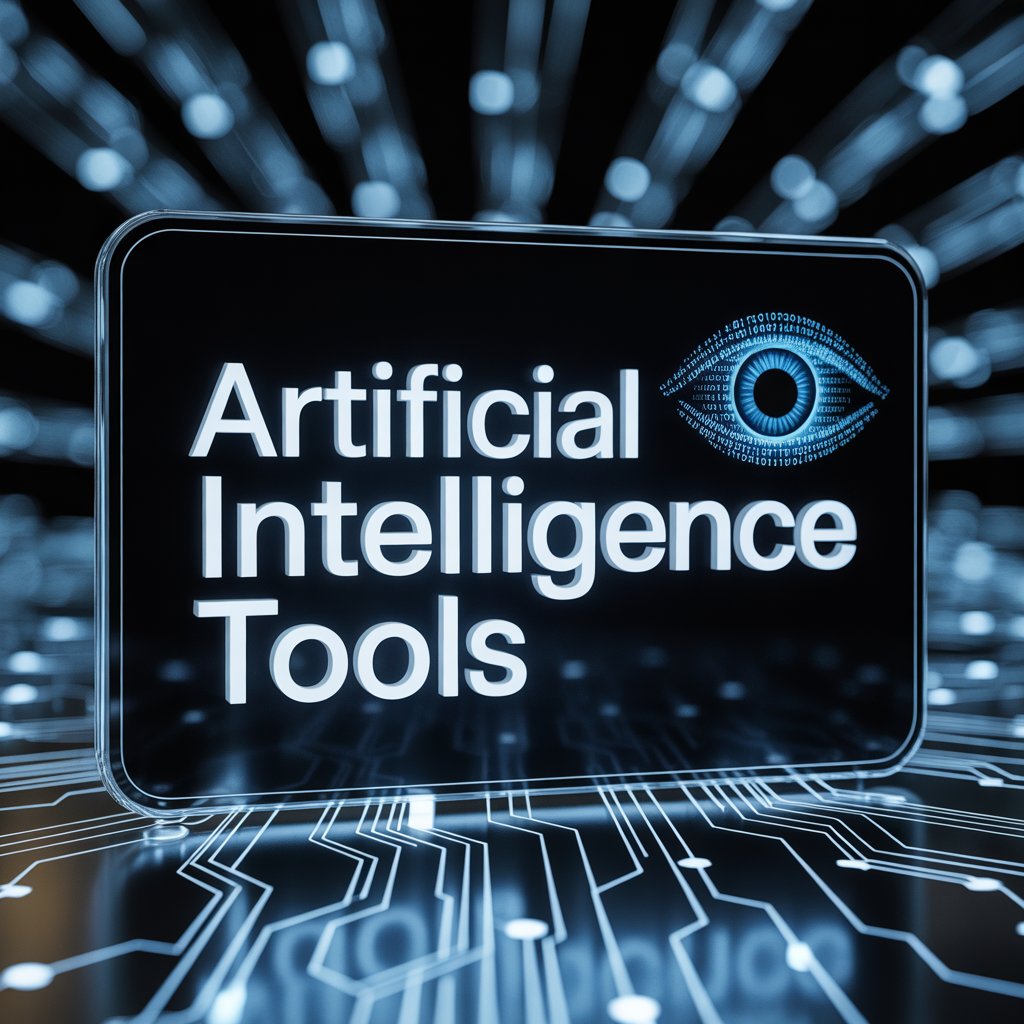Artificial Intelligence (AI) is no longer a futuristic concept reserved for tech companies. Today, AI is woven into many of the tools we use daily, from email assistants to project management platforms. Whether you’re an entrepreneur, a marketer, a teacher, or a freelancer, AI can help simplify tasks, increase efficiency, and boost productivity. The key is knowing where and how to apply it.
In this comprehensive guide, we’ll explore practical ways you can use AI in your everyday work, the tools available, and step-by-step methods to implement them effectively.

Why AI Matters in Everyday Work
The Role of AI in Productivity
AI helps reduce repetitive tasks and frees up your time for creative or strategic thinking. It can analyze large sets of data in seconds, provide real-time insights, and even personalize experiences.
Benefits of Using AI at Work
- Time Savings: Automate routine processes like scheduling, transcription, and data entry.
- Accuracy: Minimize errors in calculations, analysis, and reporting.
- Scalability: Handle more tasks or larger datasets without hiring extra help.
- Accessibility: Tools are affordable and easy to integrate i
If you want to make your small business a big business then join DiginateCreator
Everyday Work Areas Where AI Can Help

1. Communication and Writing
AI Writing Assistants
Tools like ChatGPT, Grammarly, and Jasper can draft emails, write reports, generate blog content, and improve grammar and clarity. For example:
- Email Drafting: AI can suggest responses, saving you time when handling high volumes of messages.
- Content Creation: From social media captions to long-form articles, AI helps brainstorm ideas and structure content.
- Proofreading: AI ensures your writing is clear, error-free, and professional.
Practical Example
Imagine you’re preparing a client proposal. AI can generate an outline, help you phrase compelling arguments, and polish the final draft.
2. Scheduling and Task Management
AI Calendar Tools
Apps like Motion, Reclaim, or Google Calendar’s AI features optimize your schedule by automatically prioritizing tasks and booking meeting slots.
Task Management with AI
Platforms like Trello, Asana, or Notion integrate AI to suggest deadlines, automate task reminders, and assign responsibilities.
Practical Example
If you manage multiple projects, AI tools can analyze workload, redistribute tasks, and prevent overbooking, ensuring smoother collaboration.
3. Research and Data Analysis
Smart Research Tools
AI-powered search assistants like Perplexity AI or ChatGPT with browsing can summarize articles, generate key insights, and provide quick answers.
Data Analysis and Reporting
Platforms like Tableau, Power BI, and MonkeyLearn use AI to detect patterns, visualize data, and generate insights automatically.
Practical Example
Instead of manually scanning dozens of reports, AI can create a summary with visuals that highlight key performance metrics.
4. Customer Support and Engagement
AI Chatbots
Tools like Intercom, Drift, or Zendesk AI can handle FAQs, schedule appointments, and provide 24/7 support.
Personalization Engines
AI tools analyze customer behavior to recommend tailored products, emails, or website experiences.
Practical Example
If you run an online store, AI can automatically suggest products based on browsing history and past purchases, boosting sales.
5. Meetings and Collaboration
AI Meeting Assistants
Otter.ai, Fireflies, and Zoom AI Companion transcribe meetings, generate summaries, and track action items.
Collaboration Tools
Slack and Microsoft Teams integrate AI to prioritize notifications, summarize long threads, and suggest next steps.
Practical Example
After a team meeting, instead of manually writing notes, an AI assistant can send everyone a transcript and highlight tasks to complete.
6. Creative Work
AI for Design and Visuals
Canva’s AI features, Adobe Firefly, and DALL·E generate graphics, edit photos, or suggest design improvements.
Video and Audio Editing
Tools like Descript and Pictory automate editing, add captions, and even create video summaries.
Practical Example
A marketer can generate multiple ad creatives in minutes, test them, and quickly adjust designs based on audience feedback.
7. Learning and Skill Development
Personalized Learning Platforms
Coursera, LinkedIn Learning, and Duolingo use AI to tailor lessons based on progress and preferences.
Knowledge Management
AI tools like Notion AI or Mem organize notes, summarize documents, and connect related information.
Practical Example
If you’re learning coding, AI tutors can provide real-time suggestions and explain errors as you practice.
8. Finance and Administration
AI Accounting Tools
QuickBooks, FreshBooks, and Xero use AI to categorize expenses, generate invoices, and forecast cash flow.
Document Management
AI tools can extract information from receipts, contracts, or reports and store them in searchable formats.
Practical Example
Instead of manually sorting invoices, AI can auto-tag them, track payment statuses, and generate monthly reports.
If you want to make your small business a big business then join DiginateCreator
Step-by-Step: How to Implement AI in Your Work

Step 1: Identify Pain Points
Ask yourself: What tasks take the most time? Which ones are repetitive or prone to error? Make a list.
Step 2: Match Tools to Needs
Research AI tools that address those pain points. Start with free or low-cost options before scaling up.
Step 3: Start Small
Don’t overhaul your workflow all at once. Try one tool at a time, like an AI meeting assistant or writing helper.
Step 4: Train Your AI Tools
Many tools learn from your inputs. Take time to provide feedback, correct errors, and personalize settings.
Step 5: Measure Results
Track how much time you save or the improvements in accuracy and output. Adjust your approach accordingly.
Step 6: Scale Gradually
Once you see results, expand AI use across other areas of work.
Challenges of Using AI in Everyday Work

Accuracy and Bias
AI outputs aren’t always perfect. Always fact-check and apply human judgment.
Privacy and Security
Be mindful of sensitive information. Use tools with strong data protection policies.
Learning Curve
Some AI platforms require practice to use effectively. Be patient while adapting.
Cost Considerations
While many tools are affordable, premium features may require budgeting.
Future of AI in Workplaces
AI will continue to evolve, becoming more integrated into standard tools. Expect smarter virtual assistants, more personalized automation, and AI-powered decision-making that will reshape workflows.
Final Thoughts
Applying AI in your everyday work is about working smarter, not harder. From managing emails to analyzing data, AI tools can make your tasks more efficient and accurate. The key is to start small, experiment with different tools, and integrate AI where it provides the most value.
By embracing AI, you’re not just keeping up with technology—you’re positioning yourself for a more productive, balanced, and future-ready way of working.